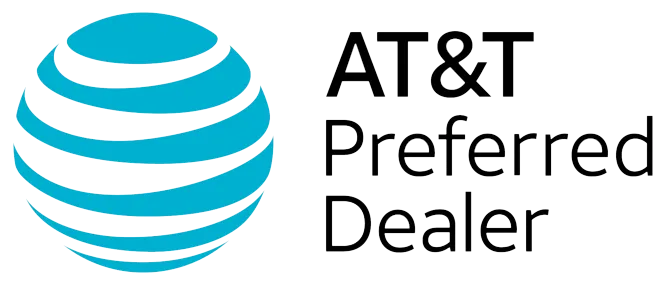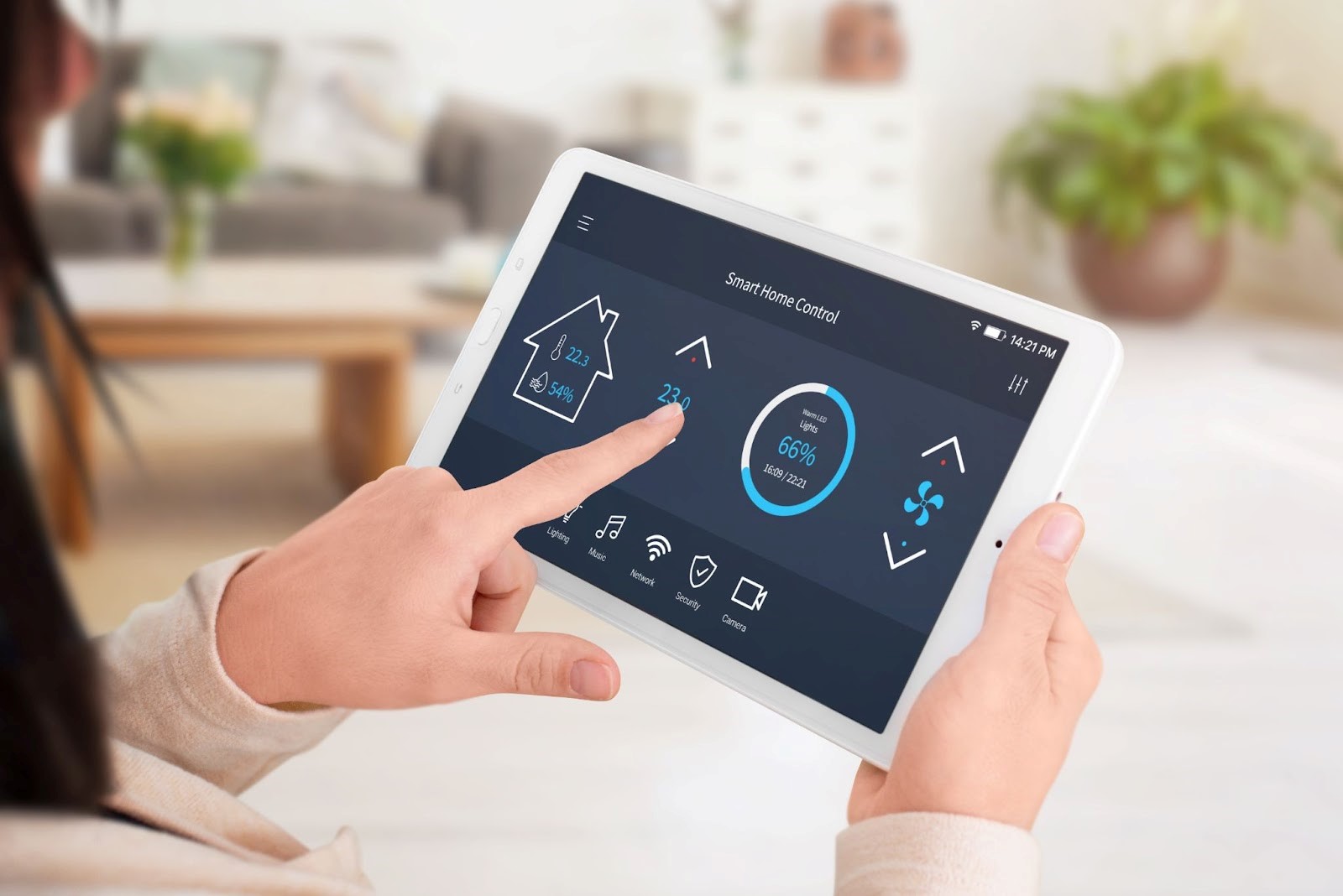If there’s one universal recommendation from cybersecurity professionals, it’s this: update your passwords! Maybe you just heard a friend’s account was hacked because they were still using the same password they created in 2012 (or even 2020). Or your workplace sent out a fresh round of “strong password” training, and suddenly you think: When was the last time I changed my home Wi-Fi password? Wait… have I ever changed it?
Let’s be honest, a lot of people are running around with passwords like Puppy123 or, worse, Password (as if that’s not the first thing hackers guess). Or perhaps you shared your Wi-Fi with your ex. Or your neighbor. Or that one houseguest who started downloading suspiciously large files… (and hasn’t been invited back since).
So now you’re thinking: Okay, I should change it. Like now!
But the next thought: How do I even change the Wi-Fi password from my mobile? Do I need to dig out my old laptop?
Before you start to sequence, take a nice, deep breath. It's cool. Really.
Changing your Wi-Fi password from a mobile phone is way easier than most people realize. It doesn’t matter if you’re on the latest iPhone or sticking with your trusty Android. You can lock things down and upgrade beyond Puppy123 to something far more secure. And it only takes a few minutes—no laptop required. Here’s how.
How to Change Your Wi-Fi Password from Your Mobile Phone
Step 1: Make sure you’re connected to the Wi-Fi network you want to change.
Yes, this is obvious—so obvious, in fact, that many of us overlook it and perhaps don’t realize we’re currently using data rather than Wi-Fi. If you’re not on the right network, your router won’t open the correct settings page. And that may leave you wondering if something’s broken when it’s not.
So, start by hopping into Settings -> Wi-Fi to make sure you’re connected.
Step 2: Determine your router’s IP address—the “home”address for your Wi-Fi controls.
If you have an iPhone, go to Settings -> Wi-Fi. Tap the little (i) next to your network, and look for the number next to Router.
If you’re on an Android phone, go to Settings -> Wi-Fi and tap your current network. Look for Gateway, Router, or IP Address.
Most routers use 192.168.1.1or 192.168.0.1, but the number on your screen is the one you want.
Step 3: Log into your router through your phone’s browser (Safari, Chrome, or whatever you prefer) and type the IP address for your router into the address bar. A login screen will appear. You’ll likely find the correct username/password printed on a sticker on the router or provided by your internet service provider (ISP). It could, however, also still be set to default like admin/admin. (In which case, you’ll want to change that too.)
Perhaps you’re pretty sure you changed the password, say, six or so years ago, or when you moved in. And of course, immediately forgot it. If so, you’re not alone. If you can’t remember your router login password, you can check the router label or your ISP app for the correct info.
Step 4: Once you’re in, navigate to wireless or Wi-Fi settings: look for something like Wireless, Wi-Fi Settings,Network, or Advanced Wireless. Because every brand arranges things a little differently, the names can differ. However, it’s usually near the top-level menu, so you shouldn’t have to dig too deeply. You may also notice it looks a little cramped or chaotic from your mobile phone versus a computer. However, the controls are all still there. You may just need some reading glasses (maybe that's just me).
Step 5: It’s now time to change your Wi-Fi password. Look for SSID (the Wi-Fi name) and password, passphrase, or security key in the wireless settings. Some routers have separate settings for 2.4GHz and 5GHz networks. If so, you can either change them both to share a password or give each one a different name.
Remember, your goal is to improve your cybersecurity, so you’ll want to choose a strong password that includes a mix of letters, numbers, and symbols. You’ll also want to avoid easy-to-guess passwords such as pet names, children’s names, or favorite hobbies or sports teams. You’ll also want to skip predictable classics—especially Password!, 123456, 654321, qwerty, or 111111. Choose something that’s strong but also memorable for you.
Once entered, tap Save, Apply, or Update. You’re almost there!
Step 6: The last step is to reconnect to your network since as soon as you save your changes, your router will reboot and temporarily disconnect wireless devices—including your phone. All you need to do to reconnect is go back into your phone’s Wi-Fi settings, select your network, and enter your new, memorable password. You’ll also need to let the rest of your household know the new password, and you’ll need to update their phones, laptops, smart TV, tablets, etc. Many smartphones allow you to share your password, so you don’t even need to type it into each one.
Troubleshooting: What If Things Get Wonky When You Change the Wi-Fi Password from Mobile?
Even when you follow the steps, things can and do happen. Fortunately, there are a few quick fixes if pages won’t load or settings won’t save. Let’s run through a few of the most common:
· Can’t log in to the router page
Make sure you’re on your Wi-Fi rather than on cellular data. Then try typing the IP address again. Even tiny typos can cause big headaches and frustration. You may also want to try another browser. Finally, turn your router off and on again by unplugging it for at least 10 seconds before plugging it back in.
· Forgot your router login password
If you can’t, for the life of you, figure out your router’s password, then you may need to do a factory reset. This, however, should be your last resort as it resets everything, not just your Wi-Fi.
· It appeared that everything went smoothly, but the changes didn’t stick
Again, restart your router and start over again. The old “turn it off and on again” adage remains undefeated when it comes to troubleshooting.
Final Thoughts on How to Change the Wi-Fi Password from Mobile
Despite the need to troubleshoot from time to time, changing your Wi-Fi password is typically surprisingly painless. A few taps on your phone, a stronger password, and a more secure home network can set up your future self (and your bandwidth) for greater success and security.
.svg)








.svg)
.svg)
.svg)
.svg)
.png)
.png)
.svg)

.svg)



.svg)
.svg)

.svg)


.svg)

.jpeg)


%2012222.png)



